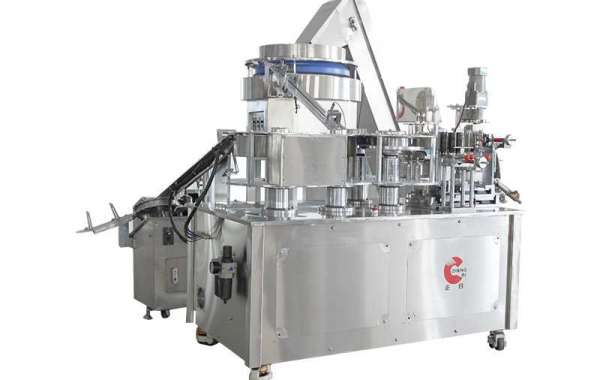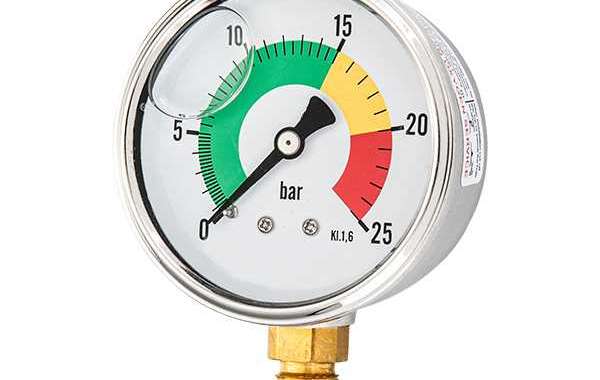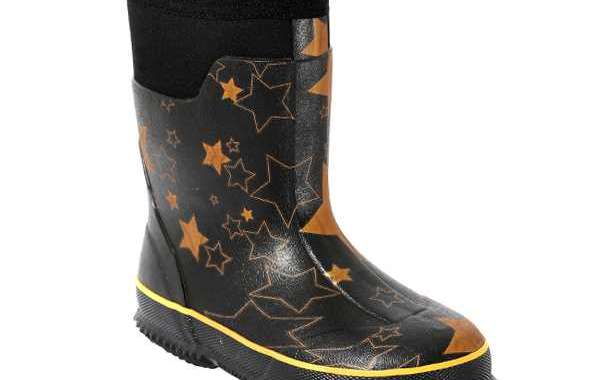“Does it make a difference if I do my printing in a controlled environment?” It is the one question I can depend on getting from every new pad printing equipment customer and the answer is yes. Controlling your operating conditions from day to day can make your job significantly easier.
Temperature and Relative Humidity
It is recommended that, as a minimum, at least the actual printing process of Syringe Pad Printing Machine be performed in an environment having a temperature between 68 and 72 degrees Fahrenheit, with relative humidity at 55 percent, plus or minus 5 percent.
For best results you want to keep all of your product, equipment and consumable materials (especially the machine, ink, pads and cliches) in a clean, climate-controlled environment. Like any printing process, pad printing is greatly affected by fluctuations in temperature and relative humidity. Extreme changes in temperature can cause condensation on substrates, cliches and pads. This condensation acts as a barrier to transfer efficiency in pad printing. High relative humidity has the same effect; low relative humidity increases the occurrence of static electricity.
In a perfect world, every pad printer would have access to such an environment. Better yet, everyone could store all their inks, pads, cliches and substrates in the same environment. Chances are that the average pad printing company doesn’t have this much control. In that case, you can only try to adhere as much as possible to a few general recommendations:
Keep your machine away from outside walls where temperature variations are going to be more pronounced throughout the day, or season to season.
Keep your machine out of direct sunlight, and out of turbulent airflow from heat and/or air conditioning ducts and fans.
Try to keep your humidity from varying by more than +/- 10 degrees F. within a given shift.
Try to keep your ink, pads, hardeners and thinners in the same temperature and humidity range as you’ll be printing in, or allow them to adjust to the production environment prior to using them. This is also important for your product to be printed.
Cleanliness
With pad printing, cleanliness is a virtue. The more care you take in mixing your inks, setting up your machines, and organizing your tools, the less time you will waste cleaning off your machine and parts after you “accidently” get ink all over them. I recommend using a plastic bin to keep the necessary wrenches readily available, as well as a roll of clear packaging tape for pad cleaning.
Keeping the room and your parts clean will help a lot, too. If your printing room is dusty and dirty, your parts will invariably show it. Use a vacuum to collect dirt when cleaning off parts instead of relocating the dirt by blowing parts off with compressed air. Avoid packaging unprinted parts in cardboard whenever possible. Cardboard is filthy, and cardboard dust is difficult to remove when static is present.
If you have to accept parts from your customer in cardboard boxes, ask them to put a plastic liner in the boxes if possible. If parts come layered in boxes, try using something other than cardboard to separate the layers.
When you do clean your printing room, do it at the end of the day’s production, not before. Particularly if you’re sweeping with a broom. Sweeping stirs up dust. Again, use a vacuum if possible.
If you area is too large to vacuum, and you have to sweep it, look in a janitorial catalog for an anti-dust agent. Sprayed on the floor with an insect spray canister, these agents dry within a few minutes and act like a magnet for airborne particles. Then, when you do sweep, the agents keep the dust on the floor, allowing you to roll it along with a broom.
Keep your machines as clean as possible. If you spill ink, clean it before it dries. It will take you twice as long to clean it after it dries. If it is a two component ink, you may never get it off the machine without using a hammer and chisel. When cleaning your machine, pay special attention to moving parts, and any surfaces that must be absolutely flat, like the platform your open ink well sits on and the areas that your cliches rest on.
Ventilation
Make sure that the air quality in your production area is acceptable. If you’re not sure, contact your heating and air conditioning company and ask them to make a recommendation as to the volume of air you should be exhausting.
If you’re unsure as to whether personnel are being exposed to levels of organic vapors that are hazardous, or are receiving complaints from employees, you can conduct an air quality test fairly inexpensively by obtaining air quality test badges from a safety or laboratory supply company. By reviewing your M.S.D.S sheets you can find out which solvents are most frequently used, and what their respective exposure limits are.
If you are interested in syringe machine, welcome to contact us!








